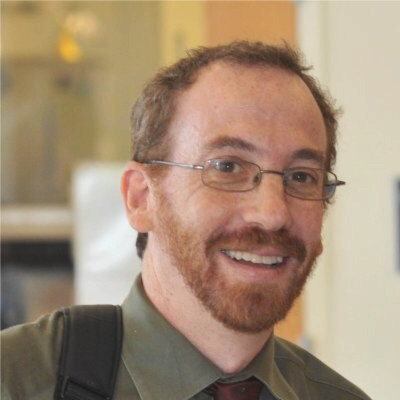Beyond Gratitude Journals: How School Leaders Can Systematically Support Teachers with Burnout
Even before the pandemic hit, the media was bombarding us with the alarming rates of burnout among American workers. Then, a 2020 study reported that 75% percent of American workers felt burnout. Given the particularly demanding role teachers played during the pandemic, that percentage was likely higher in the education field.
But what exactly is burnout? People use the term all the time to say they feel drained: a state of utter physical, emotional, and mental exhaustion. While it is not a medical term, burnout has been considered a risk factor in cardiovascular disease, depression, a weakened immune system, and more.
The term “burnout” was coined by psychologist Herbert Freudenberger in 1975, borrowing the term from those in the Haight-Ashbury section of San Francisco in the 1960’s who used it to describe those who felt “burnt out” by drug addiction, that is completely emptied out, used up, and left with deep despair. Freudenberger included three components of burnout which roughly translate into:
1. Deep exhaustion,
2. Feelings of inefficacy, and
3. Cynicism
The Mayo Clinic outlines six aspects of work that can lead to job burnout (see the chart below). In a field that already showed high rates of workers leaving the field before the pandemic, school leaders have an urgent reason to actively address these six aspects of burnout in planning for what may be the most challenging return to school ever.
However, most of the suggestions for burnout address solutions for individuals: exercise regularly, practice gratitude, connect with loved ones, give yourself time off, etc. These are all excellent suggestions, but school leaders can and should go further to embed burnout solutions into the school culture and upcoming initiatives on a systemic level. By systematically providing an antidote to burnout, leaders can proactively support all teachers to become healthier, more productive members of the school community.
Research shows that teachers are the number one factor in influencing student achievement, so how can leaders provide the supports teachers need to combat burnout? How do we motivate educators when so many are experiencing burnout? I suggest we turn to self-determination theory (Edward Deci & Richard Ryan) which says people are motivated to grow by three innate psychological needs:
Competence: People need to gain mastery of tasks and skills so they feel a sense of success.
Autonomy: People need to feel in control of their own behaviors and goals.
Relatedness: People need to feel a sense of belonging or attachment to other people.
Teacher burnout occurs when these three elements are missing – as it was for many during the pandemic – and their basic psychological needs are not being met. So, unlike in Sweden where people can go on medical leave for burnout, here in the US, school leaders need to plan for reopening, new initiatives, and just about everything with these three elements in mind: competence, autonomy, and relatedness (remember the acronym CAR to keep your school running…).
How might you incorporate teacher competence, autonomy, or relatedness into your school culture or a particular upcoming initiative?
What at work contributed to teacher burnout 2020-21 (Based on ideas from the Mayo Clinic) | How might you adjust a few of these elements in your school culture or an upcoming initiative? |
Extremes of activity. With an abrupt switch to remote learning, the constant changes felt chaotic and exhausting for teachers. | Competence:
|
Work-life imbalance. Teaching from home often meant juggling work, caregiving, and personal time. | |
Lack of control. With remote teaching thrust on them, teachers may have felt even less influence over decisions about schedule, assignmentsor workload. And also a lack of needed resources. | Autonomy:
|
Unclear job expectations. Many teachers were unclear what their supervisors expected from them because leaders were also unclear. This may have made teachers feel uncomfortable. | |
Lack of social support. During the pandemic, many teachers felt isolated at work and in their personal lives, too. | Relatedness:
|
Dysfunctional workplace dynamics. Staff relationships at school were more strained without face-to-face interactions. |




